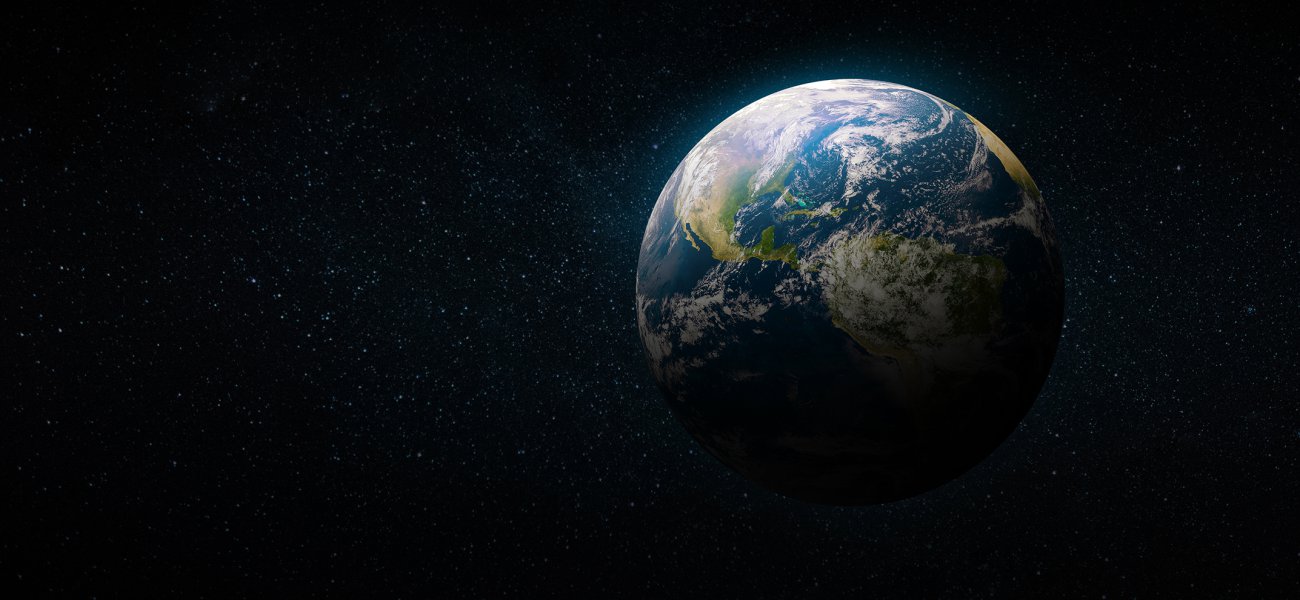Funding within the second call of the programme ‘Use of space infrastructure for Earth Observation and Planetary Research (GO)’ from 2022 will be divided among nine research projects. The funded research proposals encompass studies on, for example, air quality and climate models or the evolution and origin of Mercury.
Various national and international space organisations and institutes have launched and continue to maintain advanced infrastructure in space. This space infrastructure, and the data and signals derived from it, are available to researchers and other users. In the context of the space policy of the Ministry of Education, Culture and Science (OCW), NWO together with Netherlands Space Office (NSO) wants to encourage the use of this infrastructure by Dutch researchers for the benefit of science and society.
Within this objective, the GO programme is open to scientific research within two research themes: Earth observation research and research into planets and objects within our solar system. In this round, the assessment committee evaluated 26 Earth observation proposals and 5 planetary research applications.
Awared projects planetary research
The summaries of the granted projects, in alphabetical order of the main applicant:
Elucidating tidal dissipation through open science – a window on the evolution of Titan and the Saturnian system from radio science and astrometry
Dr. ir. D. Dirkx (TU Delft)
Tidal dissipation within Saturn drives the long-term orbital and interior evolution of Saturn’s satellites. The recent groundbreaking estimate of a strong dissipation in Saturn at Titan’s frequency implies a rapid migration rate for this moon, opening alternative explanations for the past and current state of the system (rings formation, Saturn’s obliquity, etc.). However, conflicting estimation solutions co-exist for Titan. To resolve this ambiguity, our project will provide a refined, coherent solution for dissipation in Saturn, making our methodology and tools fully transparent. This is crucial to understand the long-term evolution of the Saturnian system, with critical implications regarding habitability.
Capturing Venus in total flux and polarisation from the UV to the NIR
Prof. dr. A.P. Siebesma (TU Delft)
Venus is in size and composition similar to Earth, but inhospitable for life because it is extremely hot and dry. The atmosphere consists of carbon dioxide with sulfuric-acid clouds. The European Space Agency will launch a new spacecraft, EnVision, to study our neighbouring planet in close-up and discover what drives the enormous differences. We will develop a computer-code to simulate observations by EnVision instruments. With this code, we can predict how observations should be taken to minimise the errors and to maximise the amount of atmospheric information that can be retrieved.
Mercury from MESSENGER to BepiColombo
Prof. dr. W. van Westrenen (Vrije Universiteit Amsterdam)
The core of planet Mercury as the key to its formation history: Mercury has the largest concentration of iron core metal among planets and moons of the solar system. We will measure characteristics of iron-metals under relevant highpressures and high-temperatures, to improve constraints on Mercury’s core’s composition. Combined with planetary evolution modelling, this will improve constraints on the planet’s formation history.
Source: NWO

